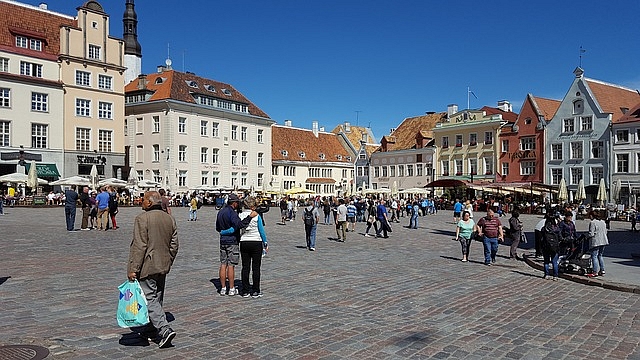Employment level grows in Estonia
Job market - Estonia
The Estonian job market experienced considerable transition in the early 1990s, when the country regained independence and the political and economic systems were revamped. Legal obligations for employment in Estonia are regulated by legislation, including the Estonian Constitution, agreements with the International Labor Organization, the Employment Contracts Act as well as other legislation passed by the Estonian government and ministries on employees’ rights and obligations.
Unemployment remains low
According to the official statistical data, unemployment level in Estonia has been declining since 2011, but then it slightly rose again in 2016. The unemployment level in Estonia in 2016 was 6.8% or 0.6 percentage points higher than in 2015. The statistical data show that compared to 2015 the number of jobless people increased by 4,400, while increase of unemployment has been explained with the fact that people who were considered to be economically inactive before the labor reform, lost this status as a result of the reform, and many of them were registered as unemployed. In total, 26,400 men and 20,400 women were unemployed in 2016.
Number of employed people does not change
In 2016 the number of people active in Estonia’s job market, aged 15-74, rose by 1 percentage point. The employment level in Estonia reached 65.6%, and workforce engagement reached 70.4%. There were 691,400 economically active people in Estonia’s job market, including 644,600 employed people and 46,700 unemployed people. The number of economically inactive residents, aged 15-74, reached 290,800, which was by 9,700 people less than in 2015. The main reasons for economic inactivity last year were retirement, studies, as well as illness or disability.
Labor costs rise stops
In the third quarter of 2016 the average gross wage in Estonia reached EUR 1,119 a month, which is by 3.8% less than in the second quarter of 2016. The main reason for the wage growth is reduction of irregular premiums and bonus payments, increase of the number of paid holidays. Excluding irregular premiums and bonus payments, the average gross monthly wage in Estonia in the third quarter of last year dropped by 2.6% quarter-on-quarter. The real wage, considering the impact of consumer price index, in the third quarter of 2016 rose by 6.7% year-on-year. Compared to the same quarter of the previous year, real wages have been increasing since the second half of 2011. The average monthly gross wages and salaries continued to be the highest in information and communication and in financial and insurance sectors.





